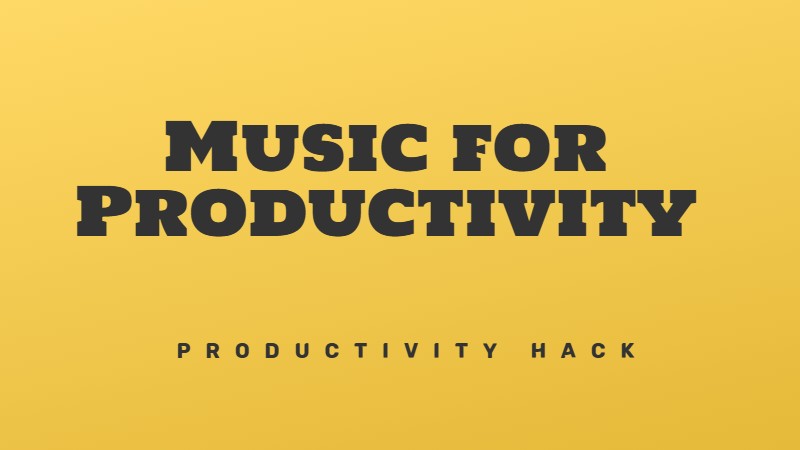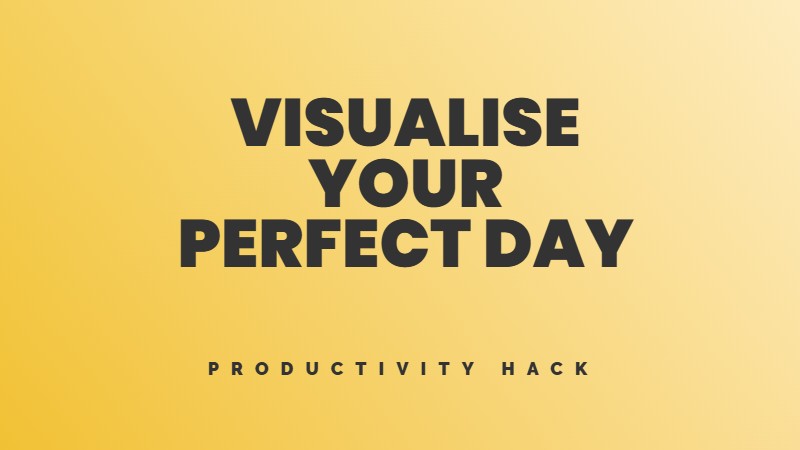For years, I failed the circle of hell test without even knowing it existed.
I’d see someone hovering at the edge of a conversation, clearly wanting to join, and I’d do nothing. I’d continue talking, pretending not to notice their awkward half-smile and shifting weight. I told myself pulling strangers into our group chat wasn’t my job. I convinced myself they’d jump in if they had something worth saying.
What I learned from my friend Linda changed everything about how to handle social situations like these. She taught me that those tiny moments when someone waits at the periphery of a conversation aren’t minor social hiccups.
They’re judgment calls that reveal your true character.
The most powerful person in any room is the one who notices the outsider and brings them in.
Standing outside the conversation circle
Have you stood at the edge of a conversation circle, waiting for someone to notice you? Smiling too hard, shifting your weight, desperately hoping for a tiny break in conversation where you might squeeze in a “hello.”
That awkward moment feels like social purgatory. But what if you learned the simple move that turns this common situation into your chance to shine?
The conversation circle test
When someone hovers at the edge of your group during a party or conference, you face a test. Do you pull them in or let them stand there? This small action reveals your social intelligence.
My friend Linda handles this perfectly. When she spots someone new, she stops the conversation, makes eye contact with the newcomer, and says, “Hi! Join us. I’m Linda. We’re talking about…” Then she loops them into the discussion.
This takes five seconds but completely changes someone’s experience. The person goes from feeling invisible to feeling valued.
Why this works so well
People remember how you make them feel. When you bring someone into a conversation, they feel:
Think about it from your perspective too. When you bring someone new into your circle, you:
How to do this right
For example: “Hi, come join us! I’m Sam. This is Alex and Jordan. We’re debating the best coffee shops in town. What’s your favorite?”
The status truth
Many people worry this move costs them social status. The opposite happens. When you bring others into conversations, you show:
People who worry about losing status by including others miss the fact that inclusion gives them more status. Taking the floor and then sharing it shows true social power.
Practice makes perfect
Start with small steps:
You’ll find that this becomes natural quickly. Soon, people will notice your social skills and want you at their events.
Beyond the immediate good feelings, this habit builds your reputation. People talk about who made them feel comfortable. They remember the person who saved them from awkward moments.
Want to be known as someone people love to be around? This small move will do that for you.
The bottom line
When you spot someone waiting to join a conversation circle, you can ignore or welcome them. Choose to welcome them. This tiny action takes seconds but changes how people see you.
Social gatherings create natural anxiety. Everyone fears rejection. When you remove that fear for someone else, you create an ally. Do it consistently, and you build a network of people who associate you with positive feelings.
You don’t need fancy words or big gestures. You just need to pay attention and act.




Leave feedback about this